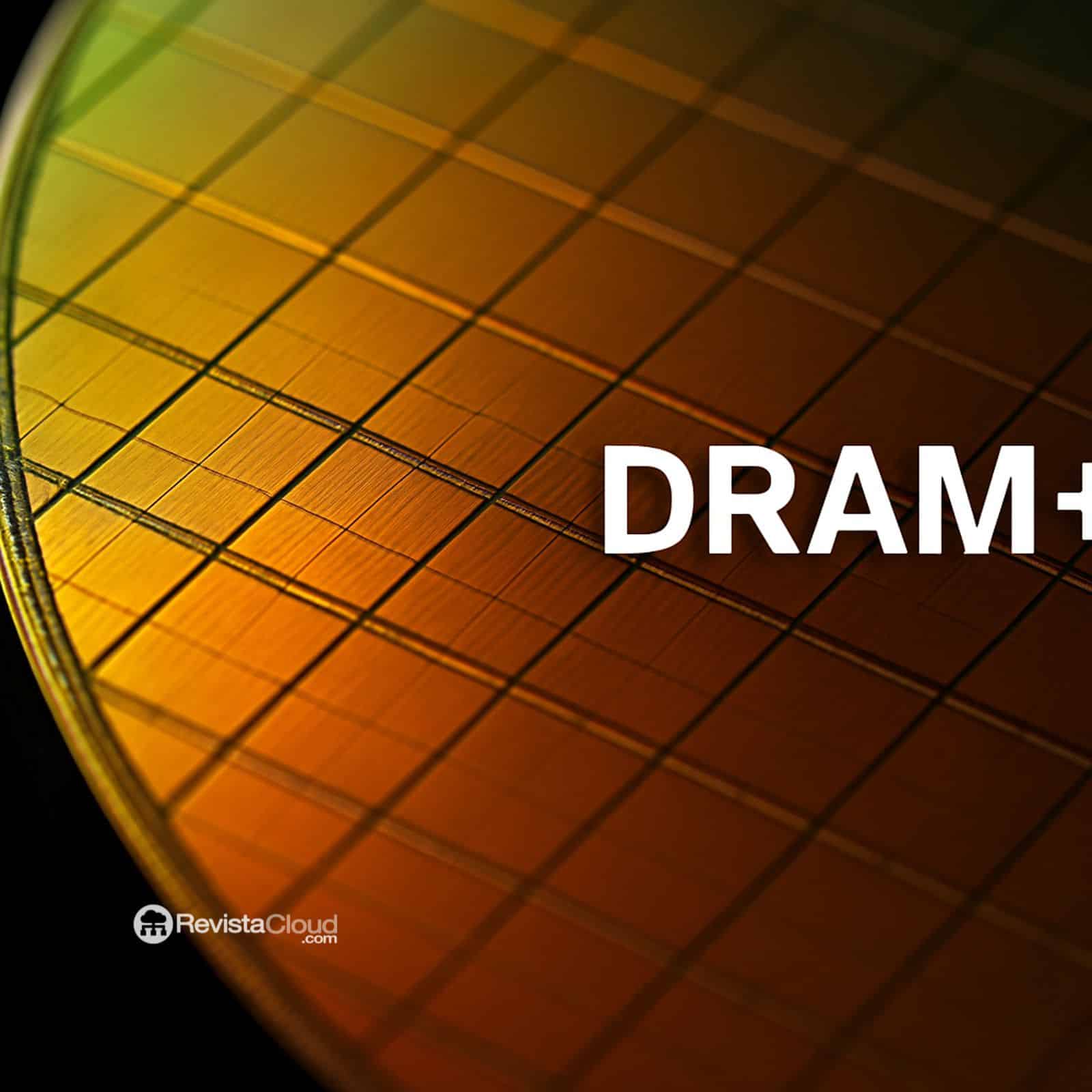SK hynix, one of the global giants in semiconductors, has announced the start of supplying mobile device DRAM memory with a highly efficient thermal dissipation system, thanks to the use of a new innovative material called High-K Epoxy Molding Compound (EMC). The company becomes the industry’s first to apply this breakthrough, which promises to set a new standard in the experience of using high-end smartphones with integrated artificial intelligence.
The challenge: cooling AI in your pocket
The rise of on-device AI is transforming smartphone usage. From instant translations to generative assistants and advanced real-time video editing, hardware demands have skyrocketed. But this revolution comes with a major challenge: heat.
When smartphones transfer data at high speeds between the application processor (AP) and DRAM, the heat generated becomes trapped within the Package on Package (PoP) structure, where both chips are stacked vertically. While this improves performance and optimizes limited space, it also causes gradual performance degradation and reduces the device’s lifespan.
The solution: an EMC with improved thermal conductivity
SK hynix has found an answer in materials. The Epoxy Molding Compound (EMC) is a crucial component in semiconductor packaging: it protects chips from water, impacts, electrical loads, and most importantly, channels heat outward.
Traditionally, silica was used as the base for EMC, but SK hynix engineers incorporated alumina, achieving a material with 3.5 times higher thermal conductivity and 47% lower vertical thermal resistance.
This advancement means heat is transferred faster and more evenly, preventing critical accumulations in the DRAM and enabling the device to maintain stable performance even under demanding tasks.
Implications: longer battery life, increased durability, less frustration
Enhanced heat dissipation is more than just engineering — it directly benefits users:
- Increased battery life: Lower temperatures reduce the energy needed to keep memory stable.
- Greater device durability: Less heat buildup means less thermal stress on components, extending lifespan.
- Sustained performance: It prevents “thermal throttling,” which causes phones to automatically slow down when temperatures reach critical levels.
” this is a significant achievement that goes beyond just performance improvements, addressing a real inconvenience many high-end smartphone users have experienced,” explained Lee Gyujei, SK hynix’s product packaging development director.
Industry impact
Major smartphone manufacturers are already interested in the new High-K EMC DRAM, aware that heat is one of the main bottlenecks hindering widespread adoption of advanced AI experiences on mobile devices.
This move also strengthens SK hynix’s position as a technology leader in next-generation mobile memory, in a market where competition with Samsung and Micron is intensifying.
Furthermore, this innovation arrives at a time when the market demands material innovations, not just in chip architecture, to keep pace with Moore’s Law and tackle the challenge of increasingly dense packaging.
Conclusion
With its new DRAM equipped with High-K EMC, SK hynix not only enhances the performance of cutting-edge smartphones but also provides a tangible solution to one of the user’s most annoying problems: overheating. In a future dominated by pocket AI, such innovations will be the differentiator between devices that fall behind and those that deliver a smooth, efficient, and durable experience.
Frequently Asked Questions (FAQ)
What exactly is SK hynix’s High-K EMC?
It’s a new encapsulation material that partially replaces silica with alumina, increasing thermal conductivity by 3.5 times and reducing heat resistance by 47%.Why is heat a problem in smartphones with integrated AI?
Running AI models on the device requires extremely fast data transfers between the processor and memory, generating heat that, if not dissipated properly, degrades performance.What benefits does this DRAM memory offer users?
Longer battery life, less overheating, increased device longevity, and sustained performance in demanding applications like gaming or generative AI.Will this technology be used beyond smartphones?
Yes. While initially focused on high-end mobile devices, the improved heat dissipation can also be applied to tablets, ultra-thin laptops, and extended reality (XR) devices, where space and thermal efficiency are critical.

